The MMA team is pleased to introduce Cyndi from Mixed-Media-Artist.com, who has offered us some assistance to get started with including images into our mixed media art pieces.
Getting Started with Image Transfers by Cyndi Lavin
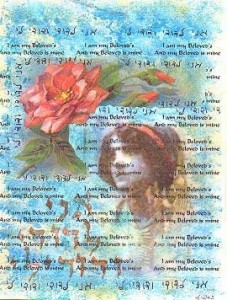 There are so many different ways to transfer images to your collages, altered books, and other mixed media projects, and sometimes it seems overwhelming. Every artist has a favorite method or two, and I thought I would share the 7 methods that I like the best.
There are so many different ways to transfer images to your collages, altered books, and other mixed media projects, and sometimes it seems overwhelming. Every artist has a favorite method or two, and I thought I would share the 7 methods that I like the best.
Before we get to it though, why would you want to use an image transfer rather than simply cutting and pasting an image into your work? Well, several reasons spring immediately to mind, and I’ll bet there are more that I just haven’t thought of yet!
First, sometimes you might want that irregular, almost see-through quality that a transfer has. Instead of hard sharp edges, transfer edges are often imperfect, and the image itself is also imperfect, exactly the look that you might be going for.
Second, using a transfer allows you to preserve your original, an especially important aspect if you are using priceless family photos. You can scan or copy your original, and then you’ll also be able to use it over and over in your work.
And third, using a transfer can allow you to integrate an image into your piece more fully, especially if you are transferring to an unusual or uneven surface.
Convinced to try transfers? Start with these:
- Polymer medium transfer film
- Paper image transfers with plain paper
- Paper image transfers with photo paper
- Fabric image transfers with t-shirt transfers
- Fabric image transfers with transparency transfers
- Contact paper transfers (aka Packing tape transfers)
- Caulk image transfers
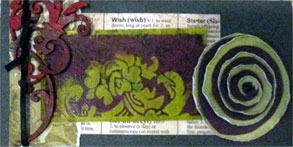
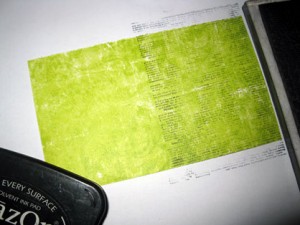
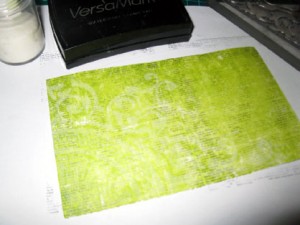
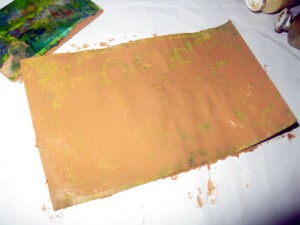
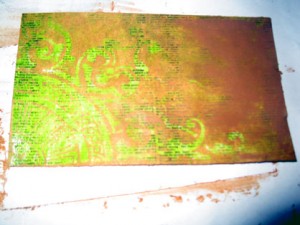
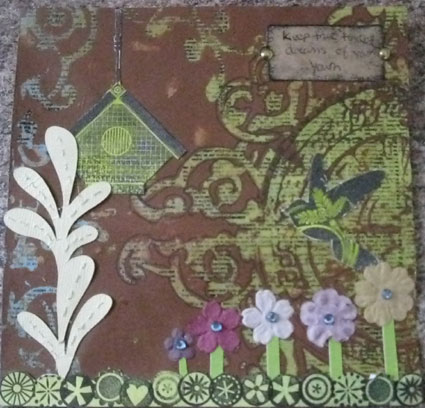
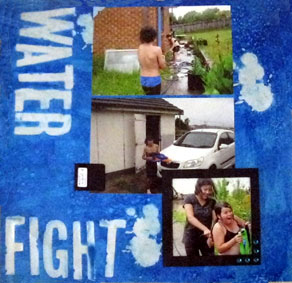
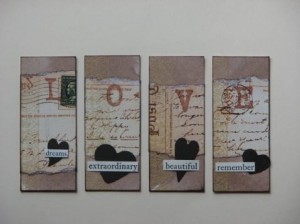
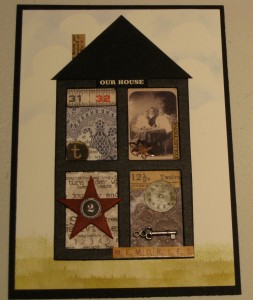
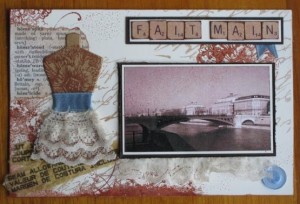
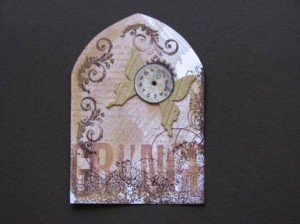
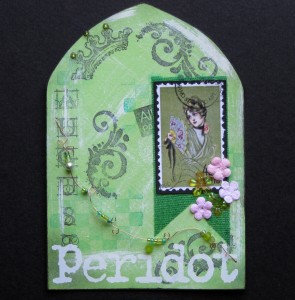
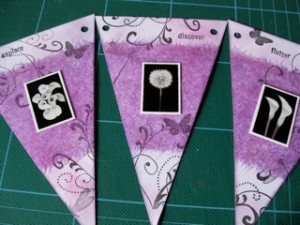
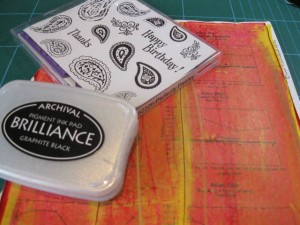
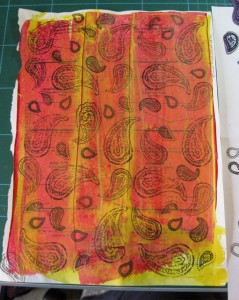
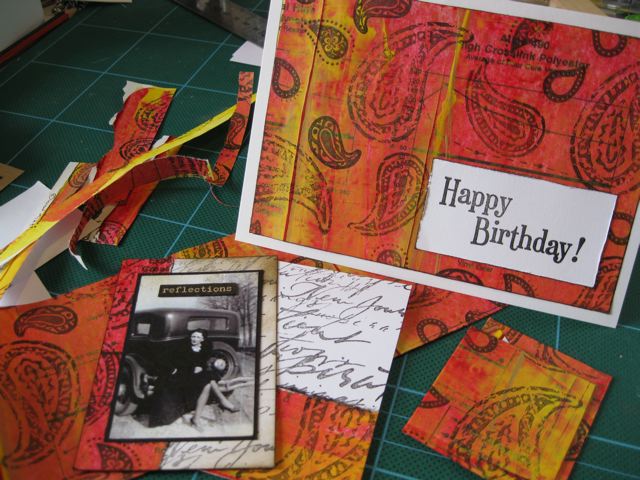





Recent Comments